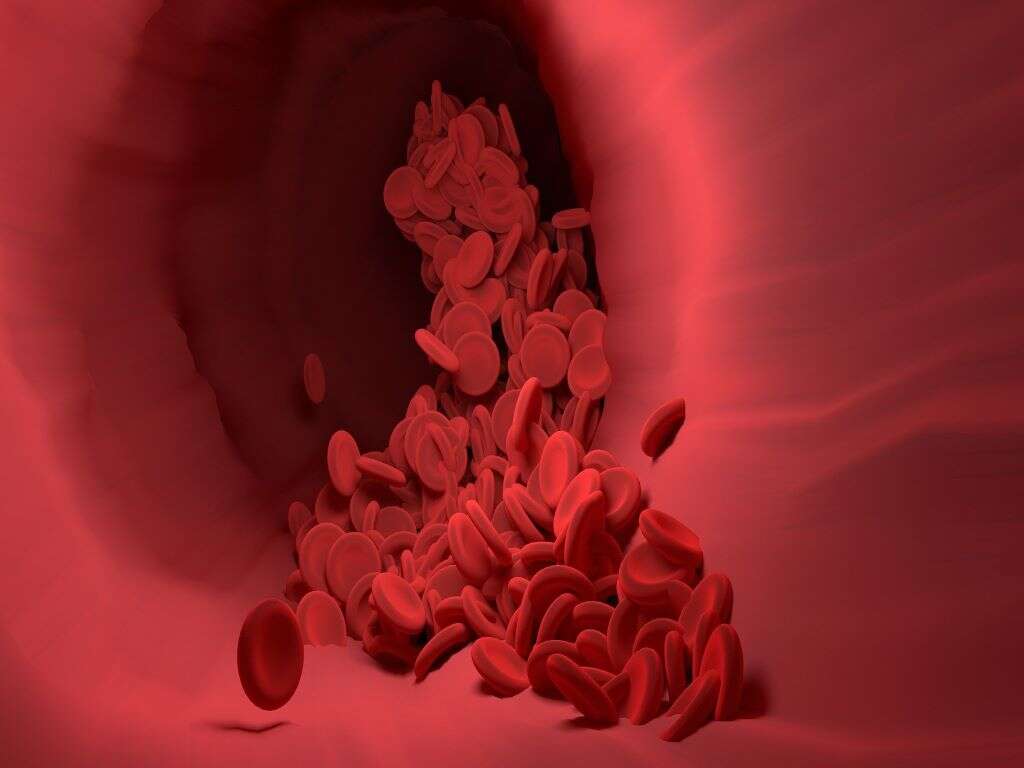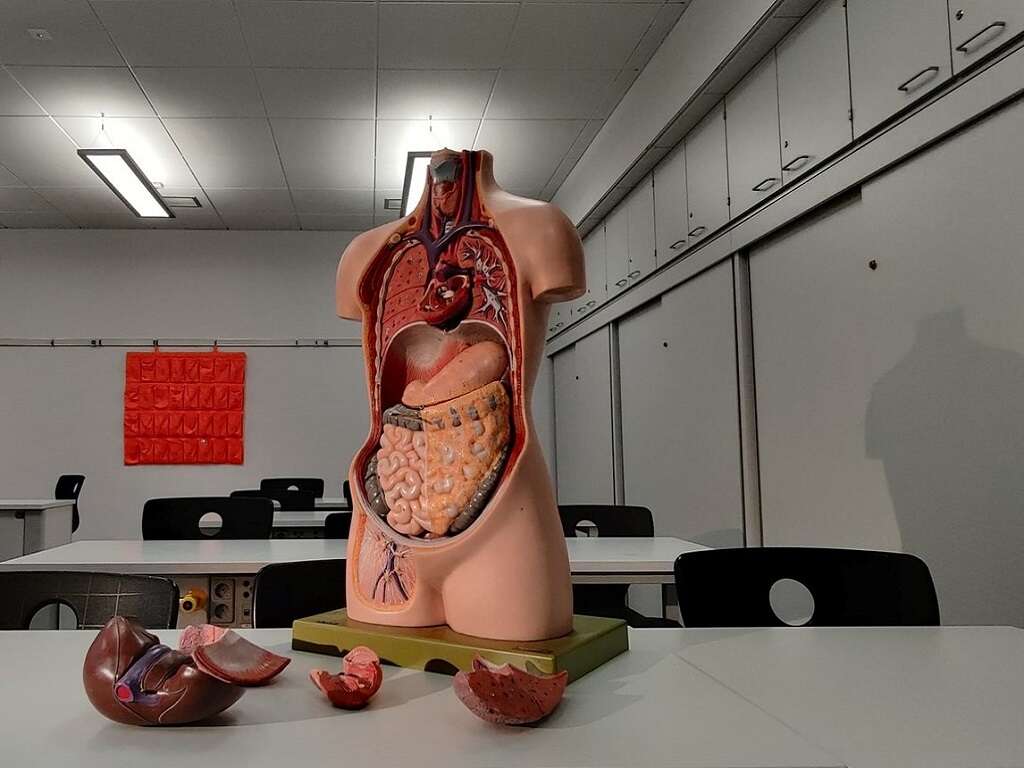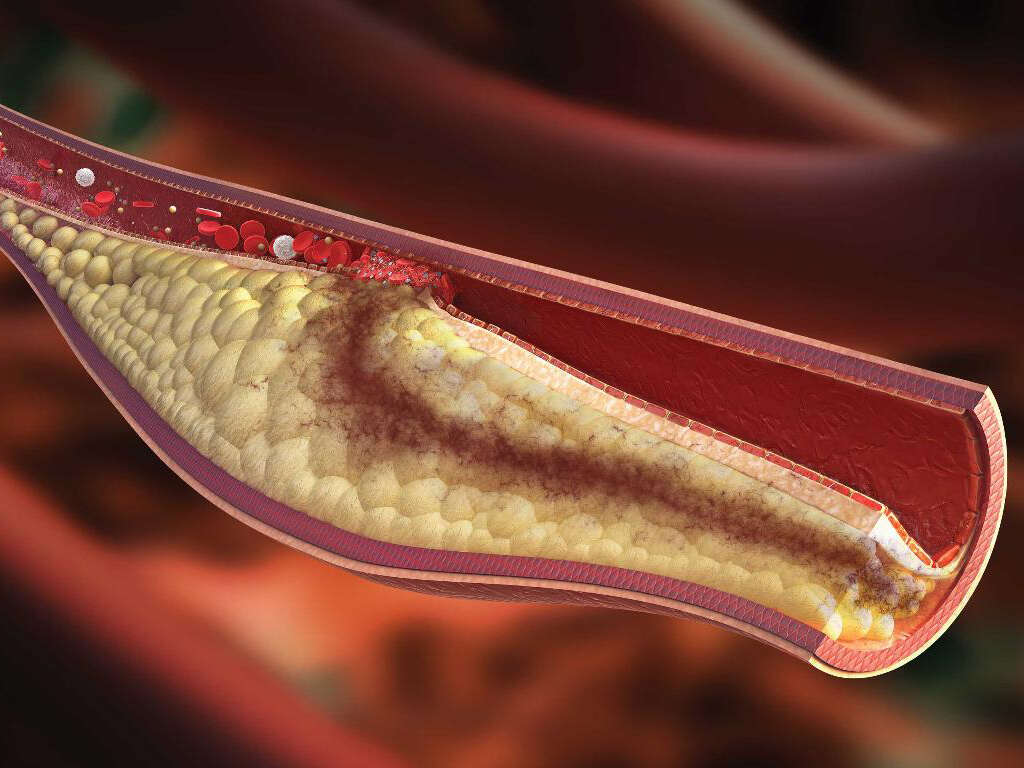What Is Dyslipidemia?
9. What Lifestyle Changes Can Help?
Luckily, lifestyle changes can be an effective tool in preventing and managing dyslipidemia. Exercise should be a part of your regular routine. Try to get moderate or intense activity in on at least three days every week. Examples of effective exercise may include walking, jogging or riding a bike, using cardio equipment at the gym, taking a fitness class or doing yard work. In addition to improving cardiovascular health, exercise can help you maintain a healthy weight, which will assist with lowering elevated lipid levels.
Take a look at your eating habits and see what healthy changes you can implement. Try to boost your intake of healthy fats and omega-3 fatty acids while limiting saturated and trans fats. Learn a few new recipes that focus on healthy and fiber-filled vegetables, fruits and legumes. No matter what changes you make, if you focus on foods you enjoy you will be more likely to stick with them.
Advertisement












